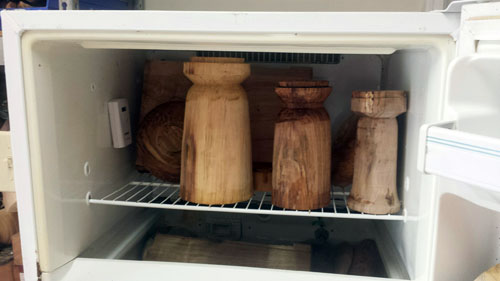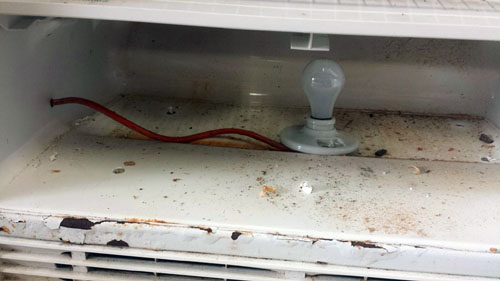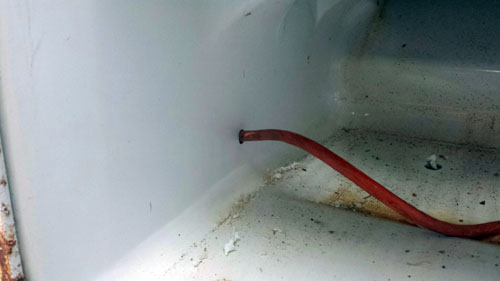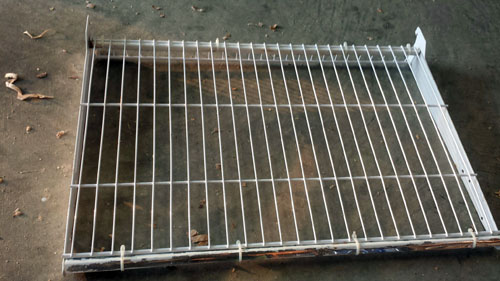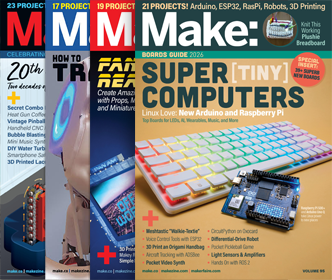I’m going to take you through the process of turning an old fridge into a wood kiln, or as I call it: the kilnerator.
The kilnerator is great for drying out green (wet) lumber, which is its sole purpose in my shop. This wood kiln design is simple as it does not need a dehumidifier, fans, or even a thermometer to work. This design relies solely on the heat generated by a single incandescent bulb to create a convective current in the kiln and dry the wood.
I generally use my kilnerator for drying wooden bowls as a step in the woodturning process. However, it can also be used for drying small to medium sized pieces of lumber.
The process is simple. First seal the end grain of your boards or bowls with a green wood sealer and let it dry. I use Green Wood Sealer made by Klingspor because it’s much cheaper than Anchor Seal and works just as well.
I typically let my boards and bowls air dry to between 20-30% MC (moisture content) before putting them in the kilnerator. My target MC is 9%, but if I’m in a hurry 12% MC is ok. I use a battery powered hydrometer mounted inside the fridge to get this reading.
When loading the kilnerator, I’ll put the drier pieces closest to the light bulb. So with the boards and bowls between 20-30% MC, I start off with a 40w incandescent bulb and let it cook for about a week. After a week or at about 16% MC, I switch to a 60w bulbs and leave that on for another week. If it’s winter time or I’m just in a big hurry, then I’ll swap out the 60w for a 75w bulb when the pieces reach 12% MC and let the kilnerator cook for another week. Once everything is around 9% MC, I’m happy and done drying the wood.
At this point it’s very important to let the bowls and boards cool down slowly. If you can’t contain your excitement and simply pull everything out of the kilnerator, you run a serious risk of having your pieces crack from cooling too quickly.
That pretty well wraps it up. Leave any comments or questions below and I’ll do my best to answer any questions you may have. Thanks for reading!


